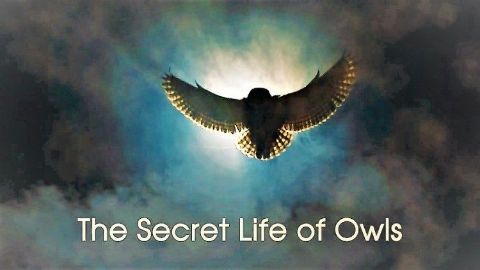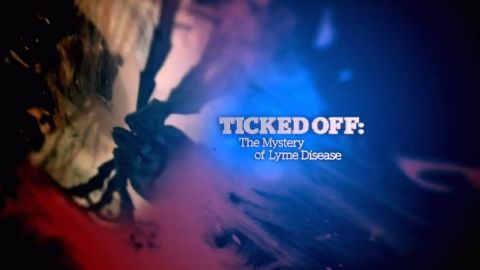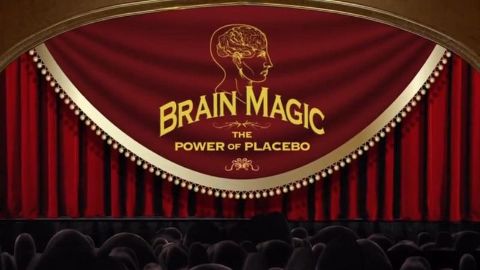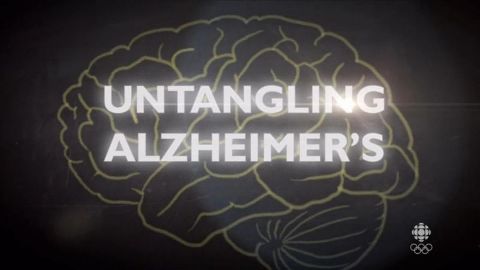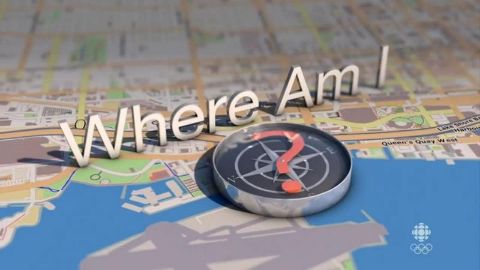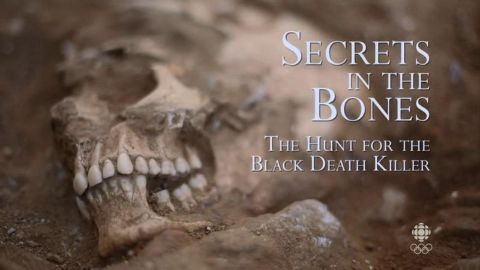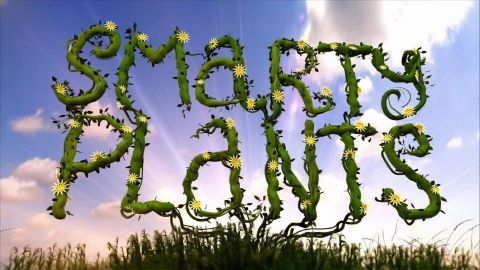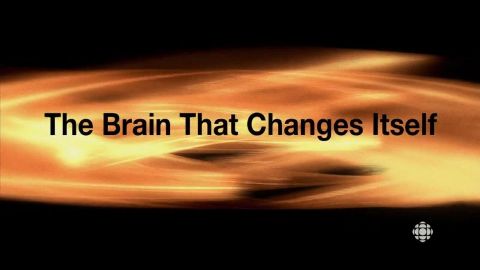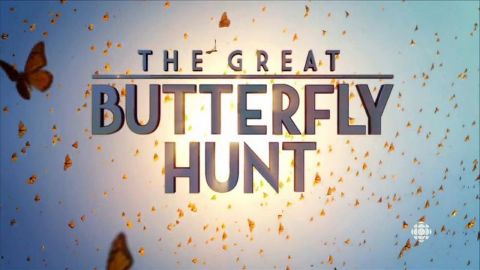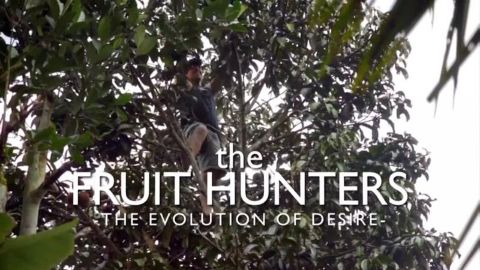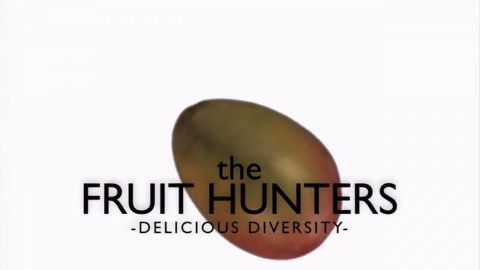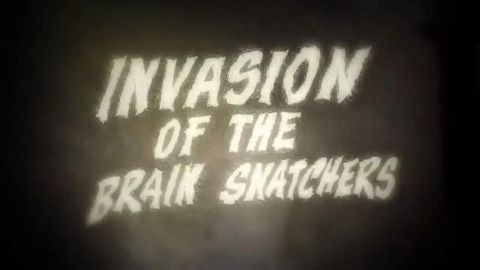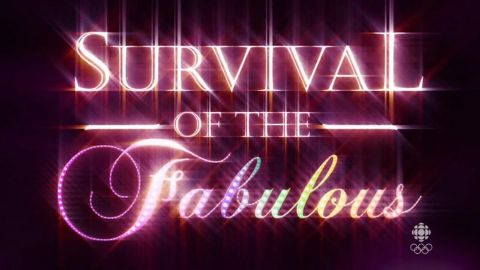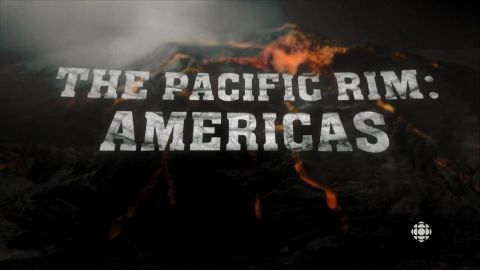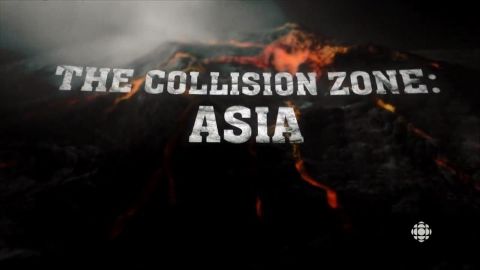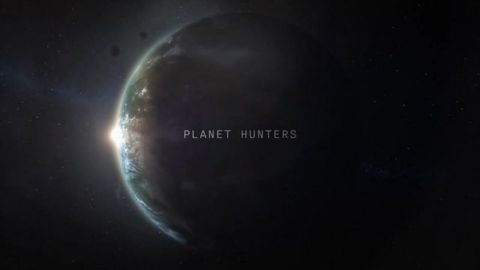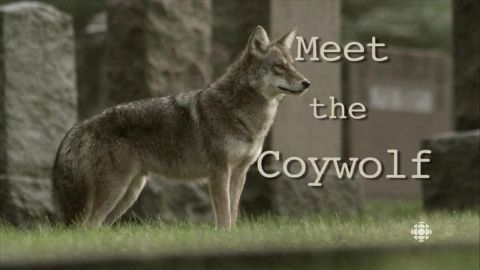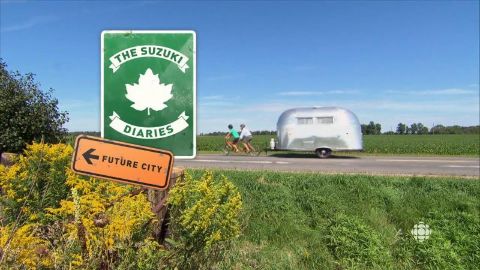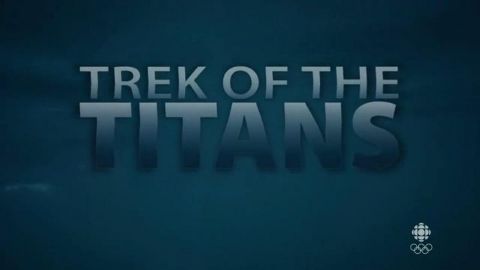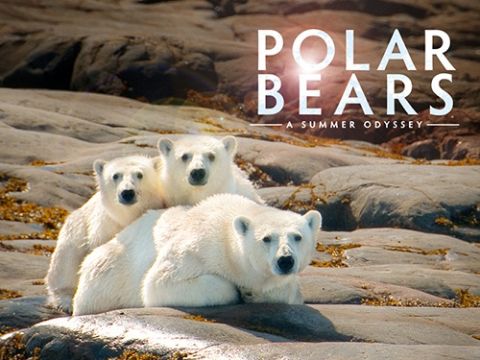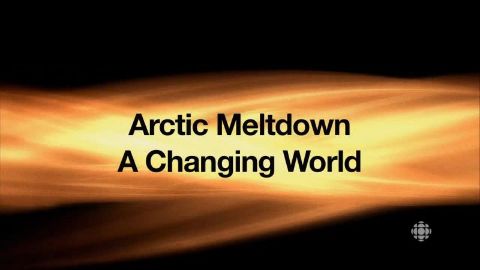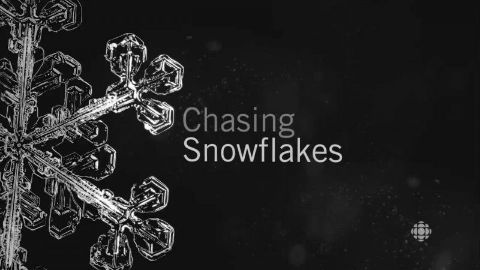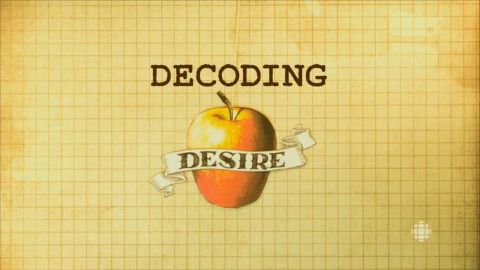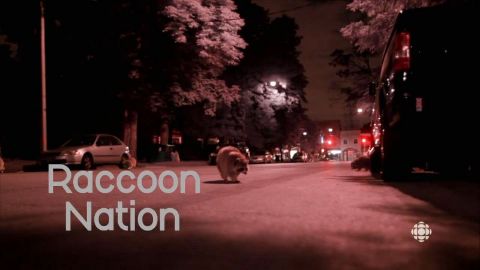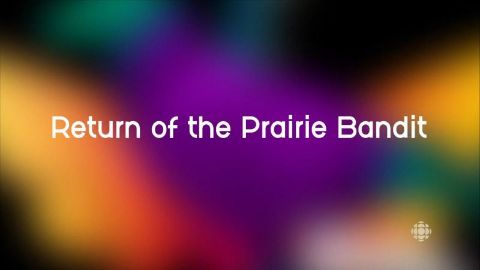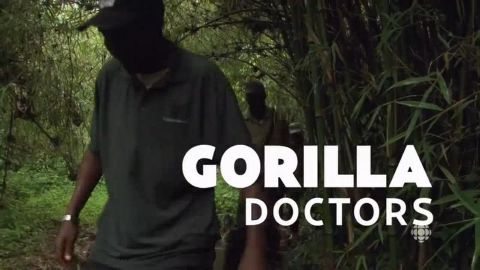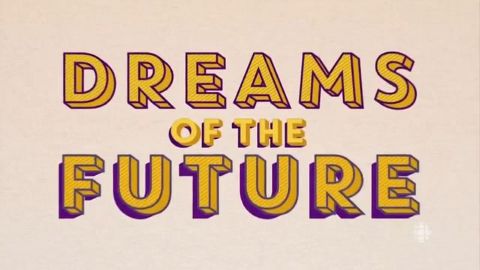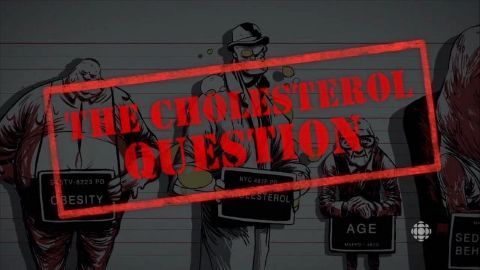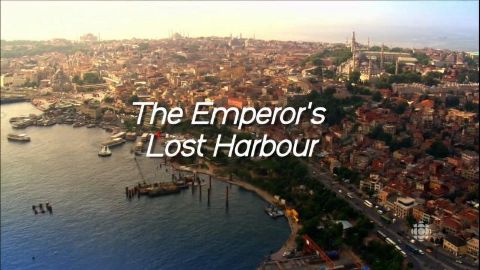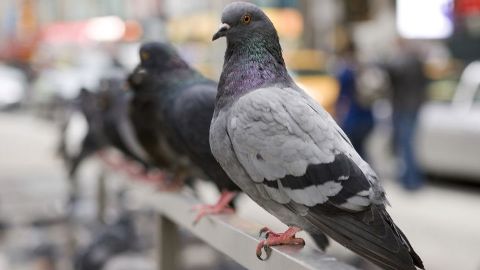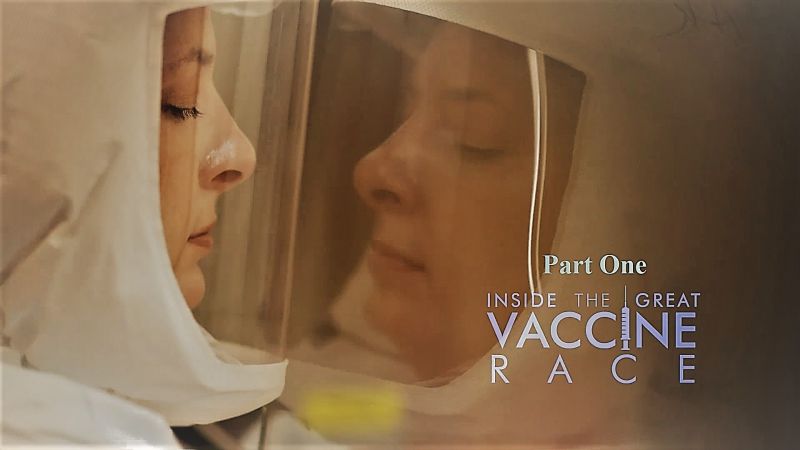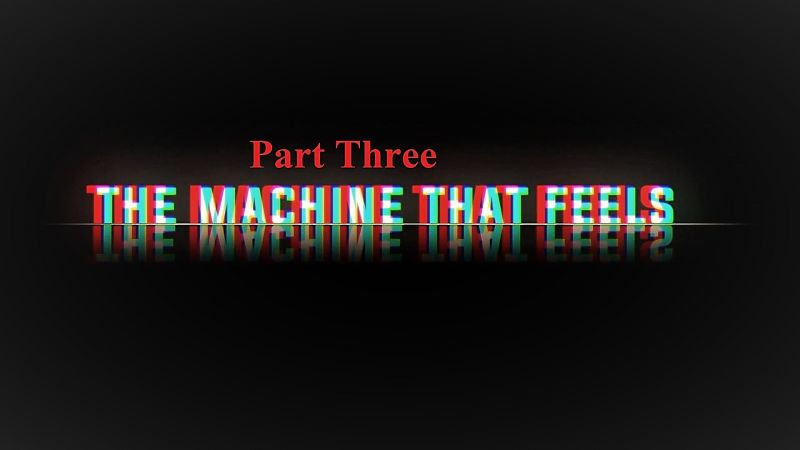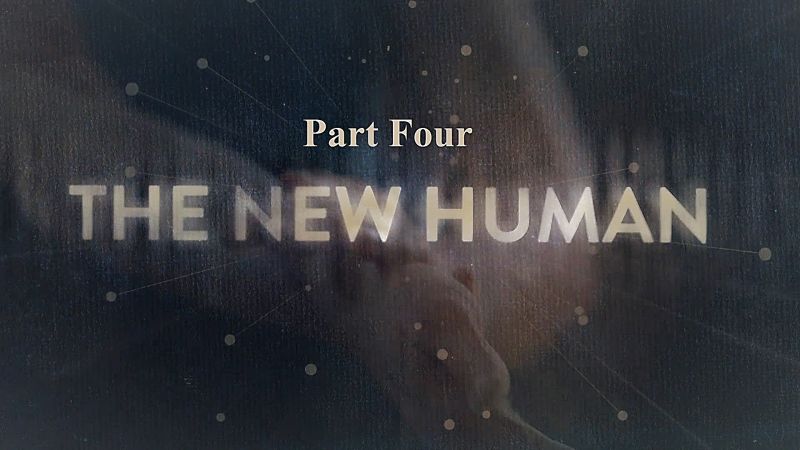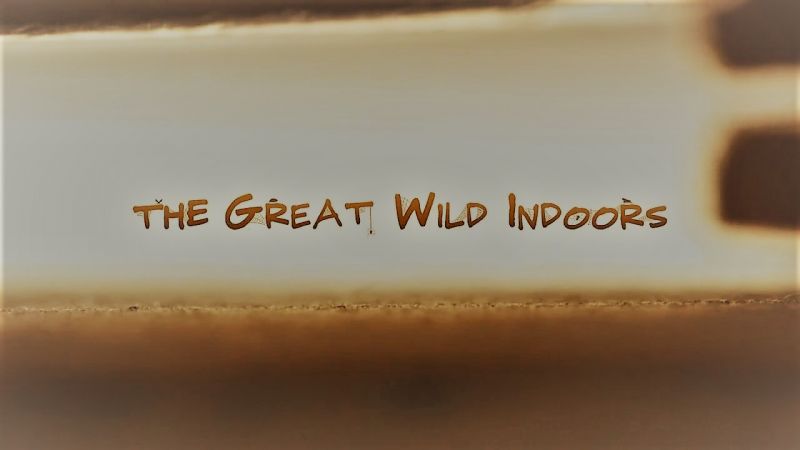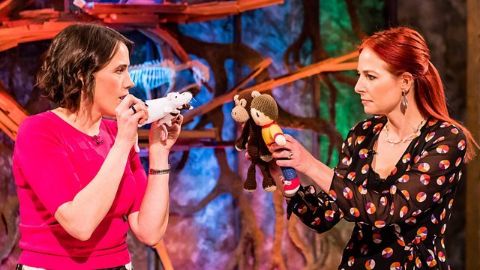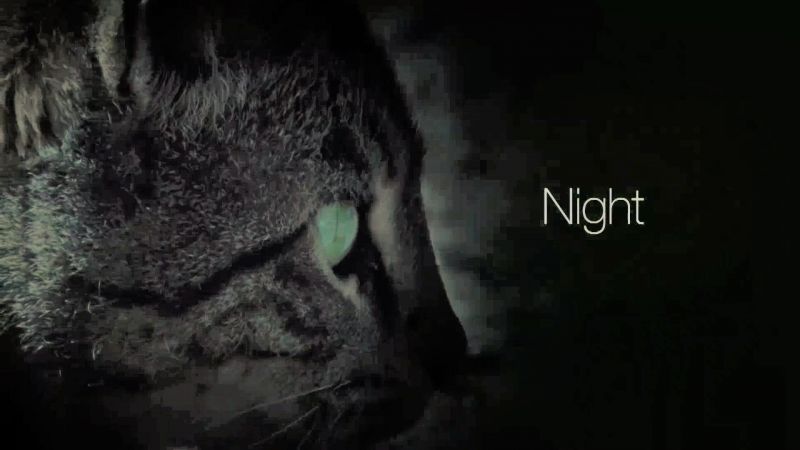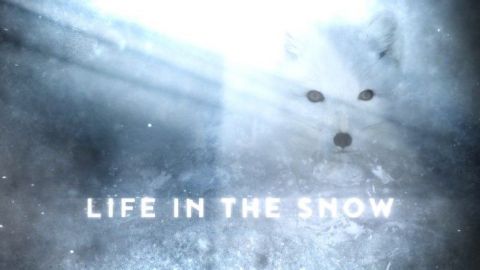The Fruit Hunters: Evolution of Desire (Part 1 of 2) • 2013 • episode "S52E11" • The Nature of Things
A journey through nature, commerce and adventure, The Fruit Hunters takes us from the dawn of humanity to the cutting of edge of modern agriculture — a series that will change not just the way we look at what we eat, but what it means to be human. The Fruit Hunters' first episode, "The Evolution of Desire," explores the origins of fruit's diversity and tells the story of humanity and fruit's intimate co-evolution. Every variety of fruit has a story, the story of the person who cultivated an individual plant, and then shared something wonderful with the world. To preserve this diversity is to retain this living memory. A passionate few, the fruit hunters, fight to preserve this diversity in a world increasingly dominated by economically driven monoculture.
Make a donation
Buy a brother a hot coffee? Or a cold beer?
Hope you're finding these documentaries fascinating and eye-opening. It's just me, working hard behind the scenes to bring you this enriching content.
Running and maintaining a website like this takes time and resources. That's why I'm reaching out to you. If you appreciate what I do and would like to support my efforts, would you consider "buying me a coffee"?
Donation addresses
BTC: bc1q8ldskxh4x9qnddhcrgcun8rtvddeldm2a07r2v
ETH: 0x5CCAAA1afc5c5D814129d99277dDb5A979672116
With your donation through , you can show your appreciation and help me keep this project going. Every contribution, no matter how small, makes a significant impact. It goes directly towards covering server costs.
